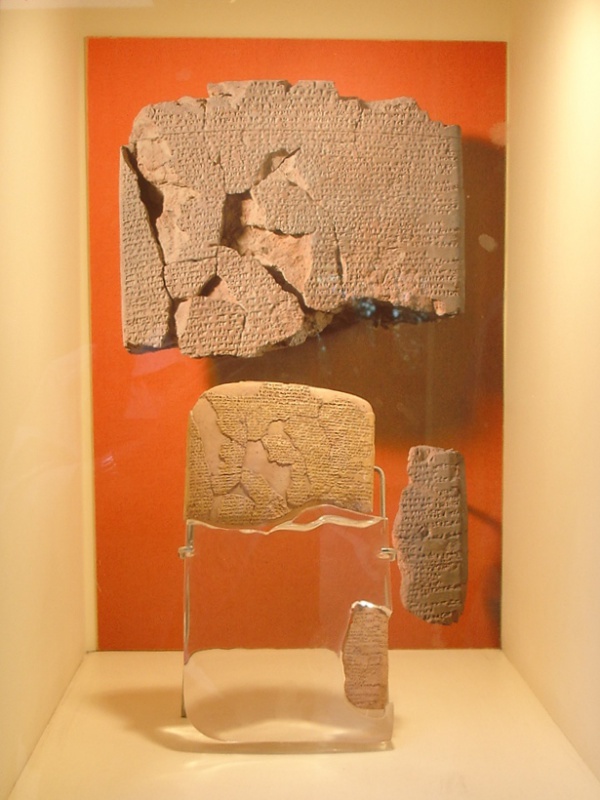Facts About Egyptian–Hittite peace treaty
The Egyptian–Hittite peace treaty, also known as the Eternal Treaty or the Silver Treaty, stands as one of the most significant agreements from the ancient Near East. It is the earliest known surviving peace treaty and is often referred to as the Treaty of Kadesh. However, it did not immediately bring peace between the Hittites and Egyptians; tensions persisted for years until a subsequent alliance treaty was signed.
The treaty was created to end a prolonged conflict between the Hittite Empire and Egypt, which had peaked with the Battle of Kadesh in 1274 BC. Despite this battle, the war continued inconclusively for approximately fifteen more years before the treaty was finally signed. Both empires faced external threats and recognized the benefits of making peace. The treaty was formalized in the 21st year of Pharaoh Ramesses II's reign and remained in effect until the eventual collapse of the Hittite Empire.
The Egyptian version of the treaty was inscribed in hieroglyphics on the walls of temples in Thebes, while the Hittite version was discovered in Hattusa, located in modern-day Turkey. The treaty detailed mutual obligations, pledges of peace, and an alliance between the two powers. It included agreements on non-aggression, the repatriation of refugees, and mutual support against external threats.
Scholars have debated the nature of the treaty, with some viewing it as a peace treaty and others as an alliance. Regardless of its characterization, it was a mutually beneficial agreement aimed at establishing stability and securing the interests of both empires in the region. The treaty effectively ended direct military confrontations between the Hittites and Egyptians.
Following the treaty, Ramesses II shifted his focus to domestic projects and even married a Hittite princess to strengthen ties with the Hittites. This peaceful relationship lasted until the Hittite Empire fell to Assyria nearly a century later.
The Egyptian–Hittite peace treaty represents a pivotal moment in ancient international relations, highlighting the use of diplomacy and strategic alliances to maintain peace and stability. The surviving texts offer valuable insights into the diplomatic practices and concerns of ancient Near Eastern powers.

 Bulgaria
Bulgaria